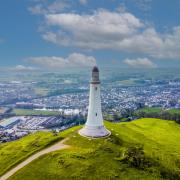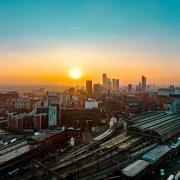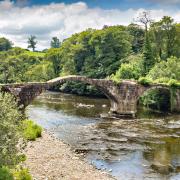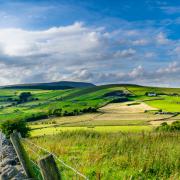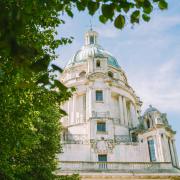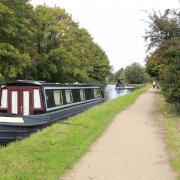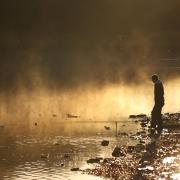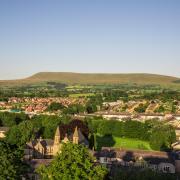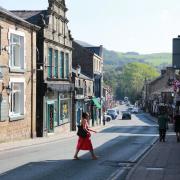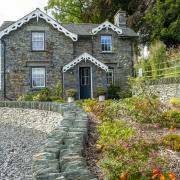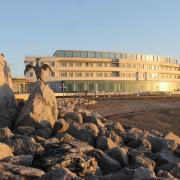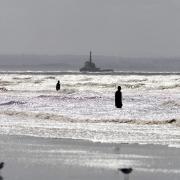The little village was once best-known for making the bobbins that supplied the Lancashire cotton industry but in recent years it has been re-invented as a destination for tourists, shoppers, walkers, cyclists and fans of good food and drink.
The hub of the village
There has been a mill on the west bank of the River Kent in Staveley for at least 160 years. At its peak as a mill, 200 people were employed there, making the bobbins which were key to Lancashire’s textile industry. But it is now a complex of shops, studios and businesses which gives work to many more. The current owner of the site is David Brockbank whose grandfather bought the mill after he was invalided out of the army. Edwin was the son of a bobbin turner at the mill in the early 1900s but although the mill is in the same family it has changed completely since his day.

Food and drink
The two pubs – the Eagle and Child and the Duke William – both do food and both also offer friendly welcomes. In her journal, Dorothy Wordsworth wrote warmly of an inn at Staveley, and added: ‘I’m always glad to see Staveley, it’s a place I dearly love to think of.’ She’s not alone in that. Wilf’s café is a favourite with walkers and cyclists and there’s no shortage of food to buy and take home elsewhere at the Mill Yard, with Lucy Cooks, the More? Artisan bakery and Hawkshead brewery on the site as well as organic wine shop Organico and others. But this is a village with quality all round; Hayton’s butchers in the village and Lakeland Food on the industrial estate near the railway station are well worth a visit, too.
Lots to explore
Staveley is the perfect spot for a winter walk or bike ride, with a spider’s web of paths and trails to explore, including the Kentmere Round, a challenging 12-mile route that includes some tough uphill sections and spectacular views. But you don’t have to push yourself that hard to enjoy good walking. The village itself has the stone cottages and stunning scenery that you come to expect from the Lake District, but not the crowds that are so often a feature of the tourism hotspots a little further up the road. The Dales Way long distance path passes through Staveley and there’s bike hire available from Wheelbase in the Mill Yard.

Super scenery
The scenery from the horseshoe route of the Kentmere Round is among the most impressive you’ll find anywhere, but it is also possible to enjoy great views with a fraction of the effort. Staveley stands about halfway between Kendal and Windermere, among South Lakeland’s rolling hills and unspoilt scenery which have a charm all of their own. The river Kent, one of England’s shortest and fastest rivers, passes through the village and once powered the bobbin mill. It now produces hydro-electricity for the site and the riverside paths are popular with walkers.

History
The Mill Yard has dominated much of the village’s recent history, but people have lived in the area for more than 6000 years. The Romans knew the region well, with forts at Ambleside and Kendal and a road a few miles to the north of the present-day village. Staveley was granted a market charter almost 700 years ago, in 1329 and a few years later, St Margaret’s Church was built, of which only the tower now remains. It was replaced in the mid-1800s by St James church which has a stained glass window designed by Sir Edward Burne-Jones and made by William Morris and Co. There has been a railway station here since the 1840s and the village’s history and character have been protected since the late 1970s when it became a part of a conservation area.




